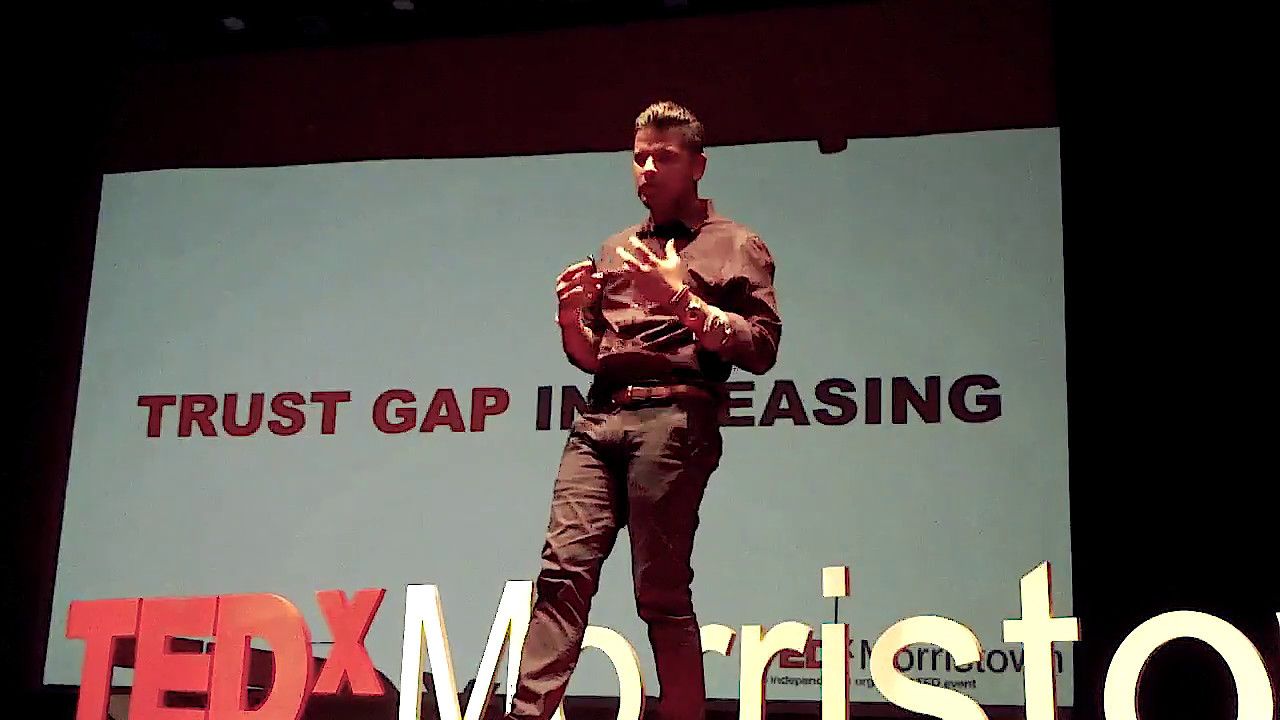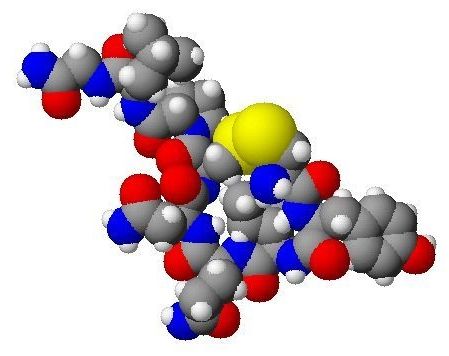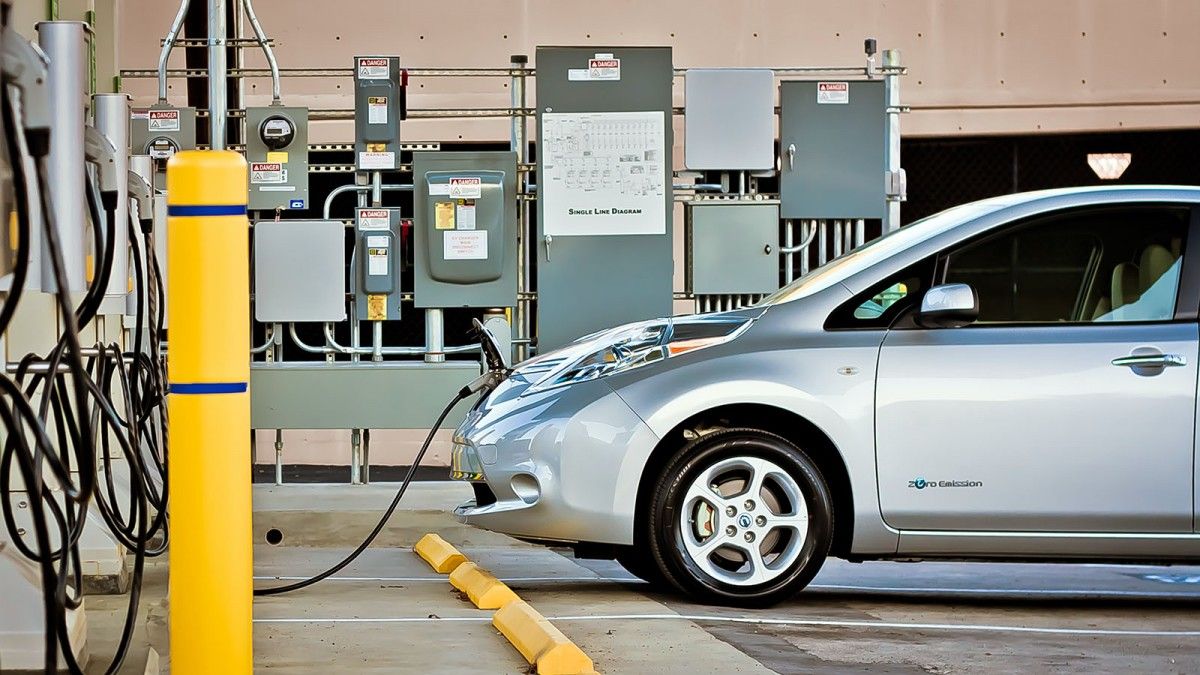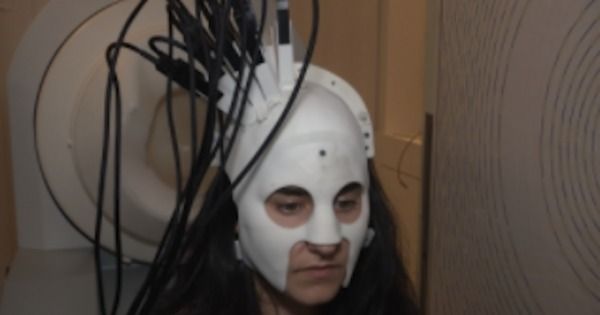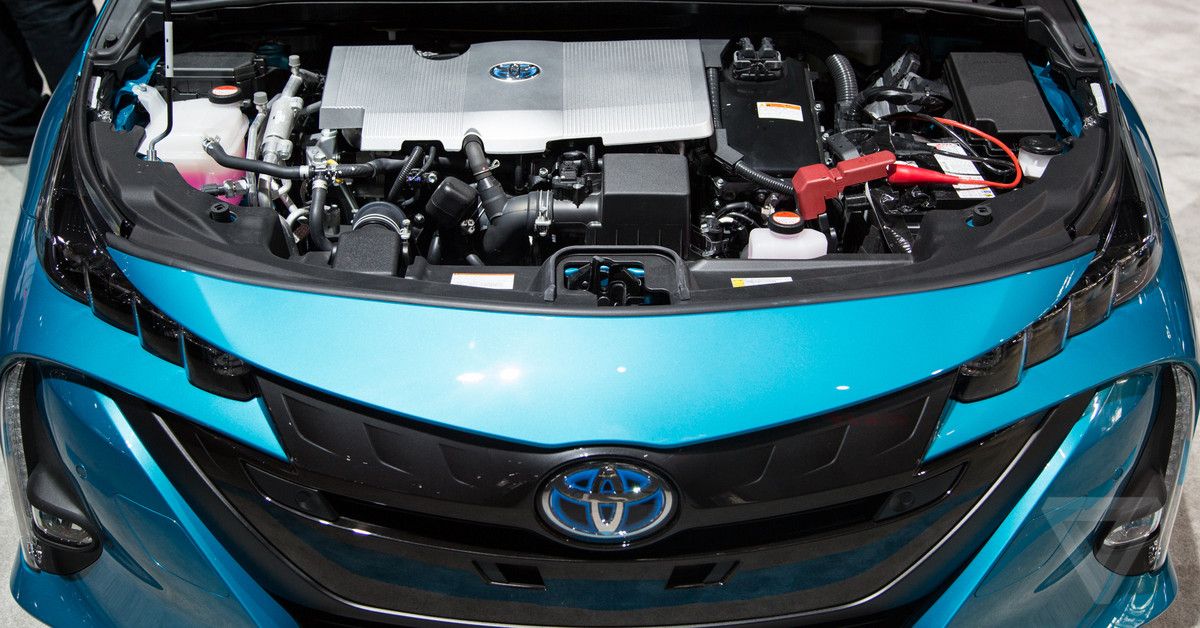The state of Illinois is testing a new way for people to prove their identities, albeit without the need to request their birth certificates and wait weeks for it to arrive in the mail. The state aims to give citizens more control of their data, as well as provide solace in knowing it’s more secure than ever.
To accomplish this task, the state is turning to the same blockchain technology that companies like Bitcoin and Ethereum utilize for their own networks. In August, the Illinois Blockchain Initiative — a collaboration launched by the state to explore blockchain and distributed ledger technology — announced it’s partnering with self-sovereign identity solutions firm Evernym to create an online ledger that’s only accessible to the owner of the ID and any other individuals they’re granted access. It’s very similar to how the technology could be used to track and share information between hospitals.
